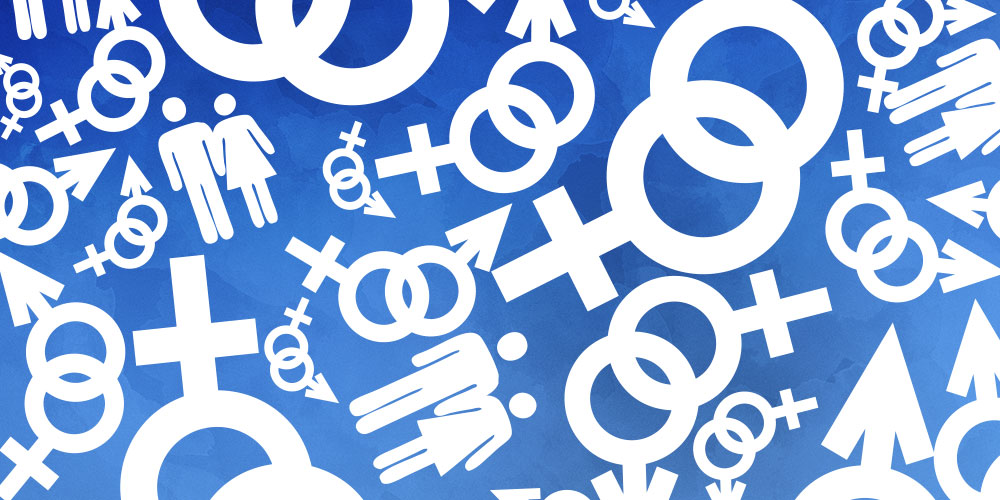
In his 1812 book, “Medical Inquiries and Observations: Upon the Diseases of the Mind,” Dr. Benjamin Rush (a signer of the Declaration of Independence) chronicled his theories about sexual addiction in a chapter called, “Of the Morbid State of the Sexual Appetite.” Two hundred years later, there is still debate in the medical community as to whether or not sexual addiction should be classified as a psychiatric disorder. Despite a large contingent of medical professionals whose work has led to the belief that it is a legitimate diagnosis, it has yet to be included in the latest version of the DSM (Diagnostic and Statistical Manual of Mental Disorders), which is the bible of the psychiatric community and responsible for setting its diagnostic guidelines. The latest edition is the DSM-V, which was released in 2013.
Regardless of its exclusion from the DSM-V, many physicians who deal with this condition on a regular basis vehemently maintain that sexual addiction is real, and presents with a number of hallmark symptoms that accompany other types of addiction. These may include feelings of guilt, shame and powerlessness over the behavior despite negative consequences. Sexual addiction, sometimes referred to as, “hypersexual disorder,” often manifests in porn addiction, excessive masturbation, risky sexual practices and compulsive sexual activity. As with other addictions, the behaviors tend to escalate over time, as the desired “high” becomes increasingly more difficult to attain. Many factors may contribute to the development of this condition, including biological (higher levels of sex hormones), psychological (poor impulse control) and social (feeling rejected or isolated). A combination of these may result in an insatiable desire to engage in inappropriate ways to be sexually gratified.
People who engage in excessive sexual pursuits often do so at great detriment to their personal safety and relationships. The temporary “high” that is achieved as a result of these sexual conquests generally doesn’t require an emotional connection or intimacy, and repeated acts may lead to feelings of detachment or emotional desensitization. Safety measures (such as protection from disease or pregnancy) are often ignored.
At this point in time, sexual addiction may not be recognized as a legitimate diagnosis by psychiatric standards, but it is generally agreed upon that the condition is more than just the byproduct of an unusually high sex drive. Some scientists believe that the brain mechanisms associated with substance abuse addictions or compulsive disorders may be activated in hypersexual disorder as well. Medications which affect mood disorders have been used to successfully treat sex addiction patients, suggesting that brain chemistry plays an important part in this condition. Consult with your physician if you are in need of help with any sex related issues, or contact centerforhealthysex.com or SASH.net.
Sources:
Rush, MD, Benjamin, “Medical Inquiries and Observations: Upon the Diseases of the Mind,” 1812
Ley, PhD, David J “The Danger of Hypersexual Disorder,” May, 1, 2012, psychologytoday.com
McMillen, Matt, “Is Sex Addiction Real?” 2013, webmd.com
Kafka, Martin P., “Hypersexual Disorder: A Proposed Diagnosis for DSM- V [PDF File]” November 24, 2009
Some of the links on this website are affiliate links, and as an Amazon Associate, we may earn an affiliate commission from qualifying purchases – at no cost to you.
This website is for informational and/or entertainment purposes only and is not a substitute for medical advice, diagnosis, or treatment.
© 2025 Drew Pinsky Inc. | All Rights Reserved
Get alerts from Dr. Drew about important guests, upcoming events, and when to call in to the show.
For text alerts, msg and data rates may apply